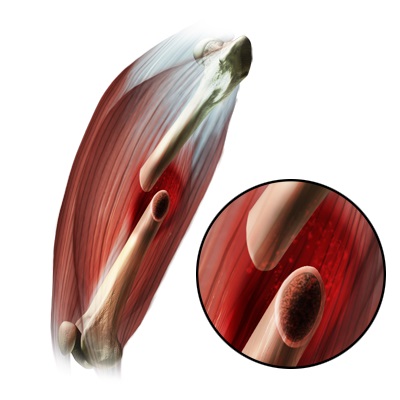Fracture

Trauma such as a hit by a car can result in fractures in canines and felines. Diseases such as infections and cancer can also result in fractures. Pelvis and long bones of limbs (humerus, femur) are most susceptible to fractures. Symptoms of a fracture include the inability to bear weight, bruises, swelling, and pain. Diagnosis includes physical examination and x-ray of the leg. In most cases of leg fracture, it is treated surgically without cast placement. The size of the patient and the shape of the limb hinder the use of cast placement. In surgical repair, pins, screws, and plates are used to relocate the bone to its normal position. After which the healing process starts. It is very rare for complexities to occur after surgical repair unless the patient is very active during the healing process. For quick healing, physical activity should be restrained as it delays the healing process. Activity level is progressively increased, once the healing process completes.
